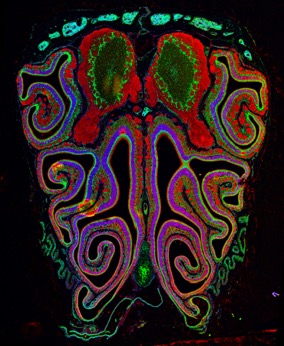ES-CBM CSIC
Esther Serrano:

Identifying and understanding the genetic factors linked to neuropsychiatric disorders is a fundamental goal in neuroscience. The nervous system of male and females is sexually dimorphic at the molecular and structural levels and these differences lead to sex biases in the age of onset, prevalence, symptomatology and treatment for nearly every neuropsychiatric disorder. The general aim of our laboratory is to decipher the genetic and molecular mechanisms that control sex dimorphic configurations of the nervous system. We are currently focused in the ancient family of DMRT transcription factors, which have been involved in the regulation of sexual features in every animal species so far studied. However, the role of Dmrts in the vertebrate nervous system has not been profusely investigated. We are approaching this question using genetic and genomic approaches in mice. We will inquire how DMRTs control sex-specific neuron identities and numbers, connectivity and constriction of sexual transcriptional differences in cooperation with sex-linked factors and sex-specific splicing mechanisms. We are also interested in conserved DMRT functions in humans and how specific DMRTs genetic variants could contribute to the onset and sexual bias of psychiatric disorders. Our work will unravel novel principles of brain sexual differentiation and will generate mouse models to better understand genetic mechanisms that either afford protection or generate vulnerability in the etiology and sexual bias of mental disorders.
Group Website:
Transcriptional control of sexual differentiation of the nervous system (uam.es)

